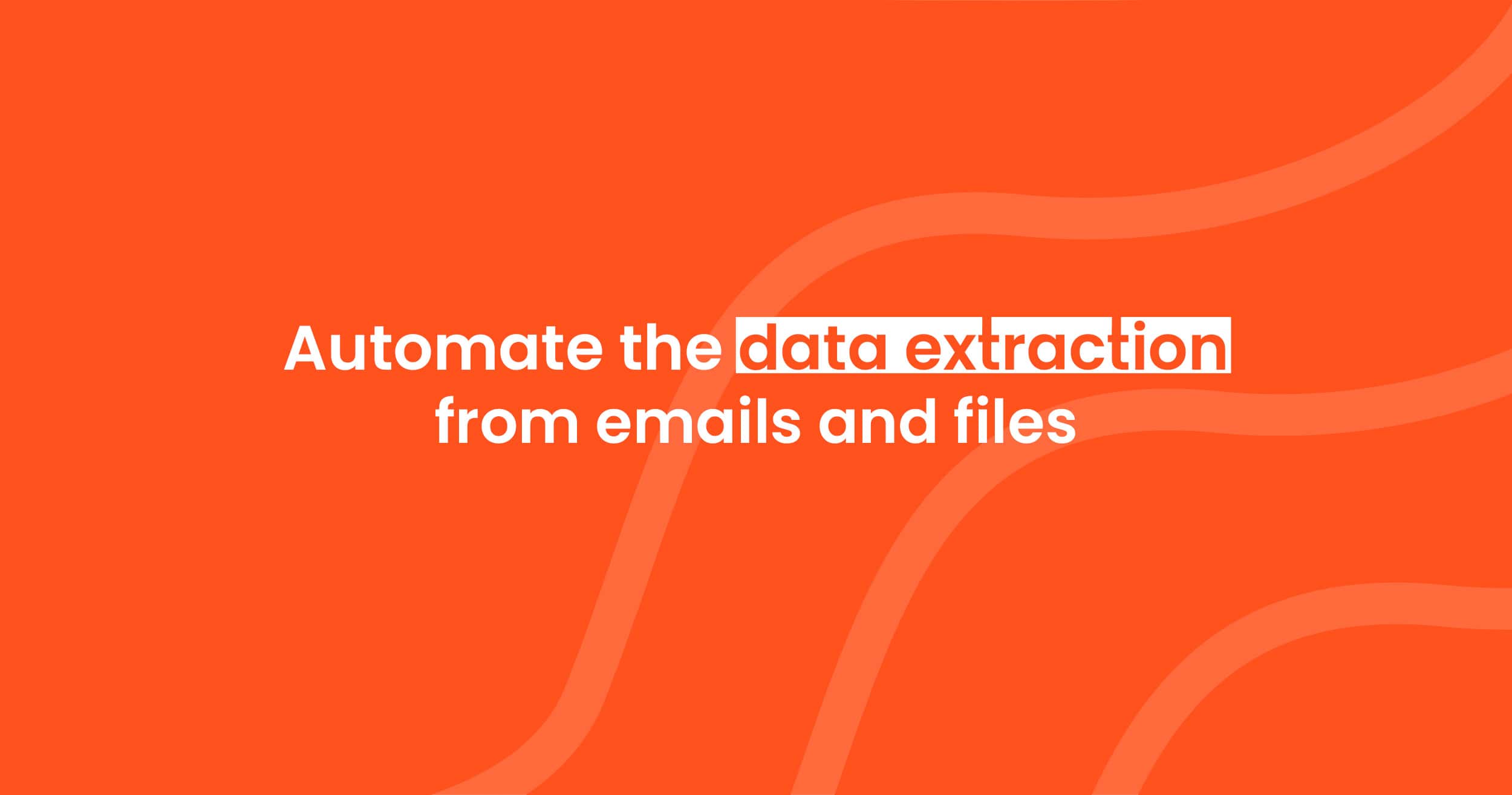Parsing CVs and Resumes Using AI and ChatGPT
Revolutionize hiring with AI and GPT models. Automated CV parsing, accurate filtering, and efficient candidate extraction. Explore AI-driven solutions for better recruitment.

At the core of every successful organization is the task of finding the right people for the job. But this process takes up a lot of time and resources. The old way of going through piles of CVs and resumes to find the perfect candidate is changing quickly. Thanks to recent advances in Artificial Intelligence (AI), there are new, more efficient ways to handle recruitment. One of these is using Generative Pretrained Transformer (GPT) models to go through CVs. GPT models are really good at understanding language, which makes them perfect for analyzing resumes and picking out the important information.
A revolution is taking place in how recruiters handle resumes and CVs, with automated parsing becoming an increasingly popular tool to streamline the hiring process. This article explores how using AI and GPT models for efficient recruitment can help organizations streamline their hiring processes, reduce costs, and improve the quality of their hires.
What Does the Traditional Process Look Like?
Traditionally, the recruitment process has been heavily manual, and CV or resume parsing is no exception. The task involves receiving and reviewing hundreds of applications for a single job posting. Recruiters then read through each document, noting key information like contact details, skills, qualifications, and employment history.
The data extracted would then be cross-referenced with the job requirements to identify suitable candidates. In some cases, the information would be manually entered into a candidate management system or database for easier access and comparison.
The next stage of the process is the shortlisting of candidates, often done through a mix of manual reviews and straightforward keyword-matching techniques. The most promising applicants are contacted for interviews, and the recruitment process progresses.
Problems Associated With the Traditional Processes
The traditional process, while thorough, presents a number of significant issues:
Manual Processing: The most apparent drawback is the heavy reliance on manual labor. Going through each resume individually is time-consuming and tedious. Considering that a single corporate job posting can attract up to 250 resumes, as shown in a study by Glassdoor, the workload volume becomes evident.
Time-Consumption: A study conducted by Workopolis revealed that recruiters spend an average of 37% of their time just screening resumes. This includes extracting information, cross-referencing it with the job posting, and manually entering data into a system. This time could be better spent on other aspects of the recruitment process, such as interviewing candidates or strategic planning.
Subjectivity and Bias: Manual screening can introduce unconscious biases into the recruitment process, which can affect the fairness and effectiveness of hiring. Unconscious bias training can help to an extent, but more is needed to eliminate the problem.
Scalability Issues: Manual processing may be feasible for small businesses or low-volume recruitment. However, the process becomes unmanageable for larger corporations or recruitment agencies, where hundreds of vacancies may be open at any given time. Scalability is a major concern, as the process needs to scale better with the number of applications.
The traditional way of looking at resumes has its good points, but it's time for a change. Bringing in AI and GPT models to this area is set to change the game of recruitment. This could mean faster, more precise, and fairer hiring methods.
How Can a GPT Model Improve the Process of CV Parsing?
The application of GPT models to the parsing of CVs and resumes offers a way to address many of the issues inherent in the traditional approach. By automating the parsing process, GPT models significantly reduce the time and effort required for resume screening while improving the accuracy and fairness of candidate selection.

1. Filtering
With AI and GPT, filtering resumes becomes a less arduous task. A GPT parser can quickly scan hundreds or even thousands of resumes and pick out only those meeting specific predefined criteria. For example, a recruitment agency hiring software engineers could set parameters around particular programming languages, years of experience, and educational qualifications. The GPT model could then scan through the applications and only select those that meet these criteria, reducing the number of resumes for human review.
Moreover, this approach enhances the accuracy of the filtering process. The model isn't affected by human tiredness and maintains a steady level of careful review for each application. Also, unlike traditional filtering methods, GPT models can learn from their errors and continuously get better at filtering over time.
2. Extracting Structured Uniform Data Into a Spreadsheet
GPT parsers also can extract data from resumes and structure it uniformly for easier analysis. Typically, resumes are diverse in formatting and structure, making direct comparisons difficult. However, a GPT parser can extract key information, such as personal details, qualifications, work experience, skills, and references, and collate it in a spreadsheet or a similar format.
For example, if a company is hiring for multiple roles, a GPT parser could extract the relevant data from each applicant's resume and fill it into a common spreadsheet, with each role having its sheet. This would make it easy to compare applicants for each role and identify the most qualified candidates.
The automation of this process not only saves considerable time but also ensures the consistent and accurate extraction of data. It eliminates the risk of human error, such as missing important details or making data entry errors.
Therefore, we can say that applying GPT parsers in the process of CV and resume parsing offers promising improvements in efficiency, accuracy, and fairness. By automating the laborious task of manual review and data entry, these AI models enable recruiters to focus on more strategic aspects of the hiring process. GPT parsers are poised to transform the recruitment industry and redefine how organizations hire talent.

3. Extracting Candidate's Skills from a Keywords List and Exporting to Google Sheet
One of the most potent capabilities of a GPT parser is its ability to identify and extract specific keywords or skills from resumes. This is particularly beneficial when dealing with roles requiring certain technical skills or expertise, such as software development, data analysis, or digital marketing.
Let's take an example of hiring a software engineer where specific programming languages are essential, such as Python, C++, Node.js, and PHP. A GPT parser can be programmed to scan through each resume, searching for these specific keywords. Once a match is found, the AI tool records it as a relevant skill for that particular candidate.
However, the real power of a GPT parser comes into play when it combines this skill extraction with the capability to export data to tools like Google Sheets. Along with the identified skills, the AI can also extract other vital details from the resume, such as the candidate's name, city, and university.
Each candidate's details are input into a designated Google Sheet as a new row, with individual skills and details placed in separate columns. For example, you might have columns for "Name," "City," and "University," and then a column for each skill ("Python," "C++," "Node.js," "PHP"). If a candidate possesses a particular skill, the corresponding cell in their row is marked.
This structured data format has several benefits. Firstly, it transforms the unstructured data from resumes into an easily readable and analyzable format. Secondly, it allows recruiters to filter candidates based on various criteria. For instance, if you're particularly interested in candidates skilled in Python, you could filter for only those rows where the "Python" column is marked.
The combination of GPT parsing and spreadsheet-based data management offers a powerful tool for recruiters. It allows efficient and accurate extraction of skills and other vital details from resumes, simplifying the initial screening process and providing a streamlined, structured overview of the candidate pool.
Unlock the Future of AI-Powered Recruitment Process with Parsio
The recruitment industry is no exception as the world continues to evolve digitally. With the help of AI models like GPT, parsing, and screening resumes have undergone a significant transformation. The automation of tasks such as filtering candidates, extracting and structuring uniform data, and pinpointing specific skills from a keywords list leads to a more efficient, accurate, and fair recruitment process.

Enter Parsio – an AI-driven platform leveraging the power of GPT for classification, parsing, and data extraction from various document types. Here are some of its key features:
Advanced Document Classification: Using GPT-4, Parsio can automatically categorize various documents, from contracts to invoices and travel documents.
Complex Data Extraction: Parsio can extract specific details from documents, like contact information, qualifications, work experience, and skills from CVs, and structure them in a uniform format for easy comparison and analysis.
Resume Parsing: By scanning resumes for predefined criteria, Parsio can shortlist suitable candidates, reducing the number of resumes requiring human review.
Spreadsheet Export: Exporting the extracted data to Google Sheets or other tools enhances data management and allows for efficient candidate filtering and sorting.
Scalability: Whether you're dealing with a handful of documents or millions, Parsio's AI capabilities scale seamlessly to meet the demand.

In its core, Parsio leverages the potential of GPT and AI to offer solutions that transform document management and the recruitment process. Through the automation of these typically manual tasks, recruiters can allocate more time to strategic facets of the hiring process. This results in an amplified efficiency and enhanced quality of their recruitment endeavors.

